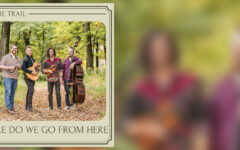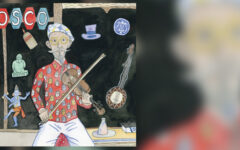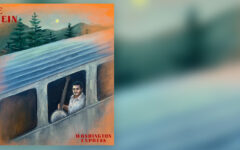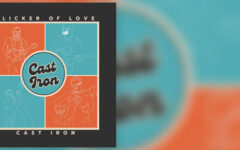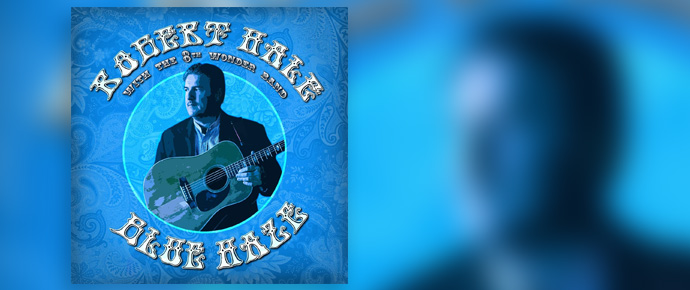
Robert Hale can trace his career back to the tender age of nine when he gained his first performing experience, playing alongside his father on a weekly West Virginia television show that was broadcast on WOAY. That eventually led to an invitation to play on the Grand Ole Opry, courtesy of none other than the great Bill Monroe. In the years that followed, Hale made his mark alongside any number of other icons — Dolly Parton, J.D. Crowe, Eddie Adcock, LiveWire, Wildfire, and the Allstars of Bluegrass included — even as he was clearly coming into his own.
With credentials like that, it’s little wonder that Hale was emboldened enough to attempt an EP consisting entirely of covers, most well engrained in the popular musical lexicon. Indeed, it takes considerable confidence to cover songs by the Beatles, the Rolling Sones, Jerry Jeff Walker, and the Animals, managing to make them your own while still retaining a certain familiarity factor in the process. Granted, Hale has had able assistance courtesy of a crack band that includes Missy Raines, Scott Vestal, Shawn Lane, and Chris Davis, but one still has to credit his own astute ability to interpret each of these offerings through a credible — and combustible — bluegrass motif.
As a result, hearing such songs as Help, It’s All Over Now, Riding the Storm Out, House of the Rising Sun, and Mr. Bojangles in this reimagined way doesn’t seem particularly jarring at all, especially since the original melodies still shine through. Granted, banjo, fiddle, and mandolin often add a new element in an otherwise unexpected way, but the upbeat exuberance and satisfying sentiment allow for some remarkable revelry all of their own.
Naturally, any time one tampers with the template there is a substantial risk involved, especially if there’s an expectation that the original material can be bettered or, at very least, transformed, even if it’s only superficially. Therein lies the dilemma — how does an artist insert his or her own imprint on any timeless standard while avoiding any attempt to rival the original.
With that in mind, credit Hale and company with finding a perfect balance between reverence and originality. As a result, this Blue Haze shines ever-so-brightly in the process.

